X
Electric hoists represent their own machinery, strength, and toughness, while the stage is elegant, flowing, and soft, with conflicts and collisions between the two.
Stage lifting slings are crucial tools for lifting and transporting stage equipment. Usually made of high - strength synthetic fibers, they are lightweight and highly flexible, facilitating arrangemen
Category : Sling Series
Get a Quote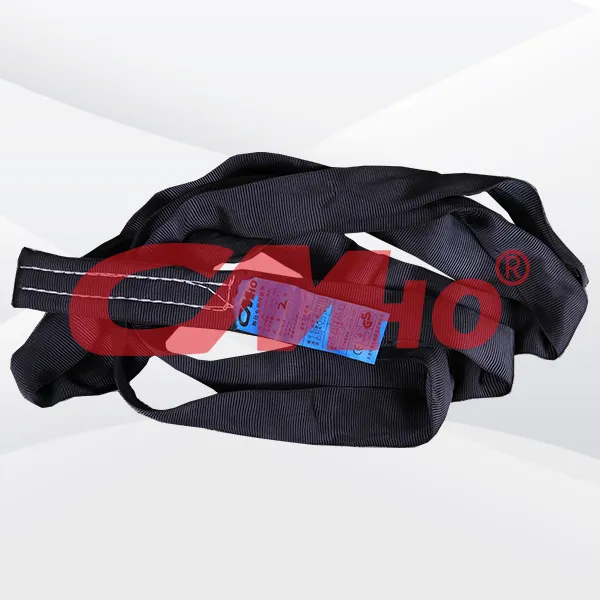




Product Details
- **Lifting of Propaganda Banners**: When lifting propaganda banners, flat lifting slings or lifting ropes can be used. Fix the two ends of the lifting sling or rope to the two ends of the banner respectively, and then connect the middle part to the lifting device or a fixed point. Adjust the height and tension of the banner to achieve the best display effect.
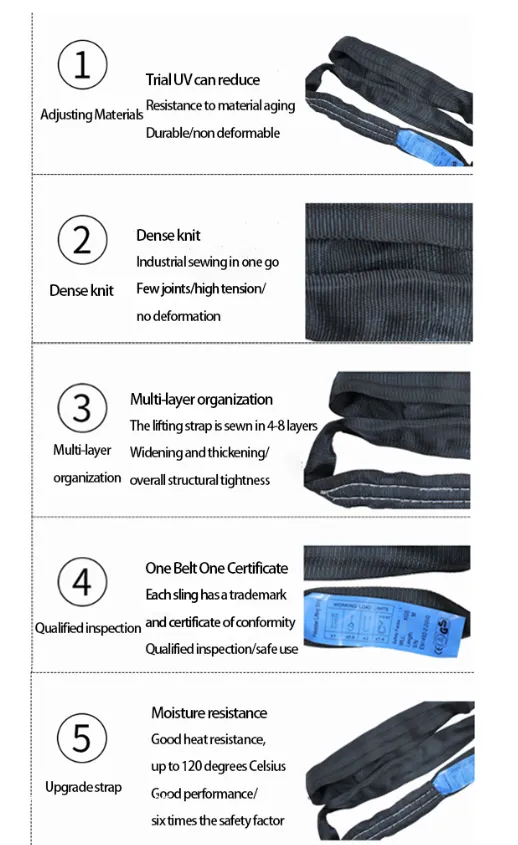
Previous: Electric Hoist Controller Stage Specific
Next : Truss Lifting Webbing Slings
RELATED PRODUCTS .
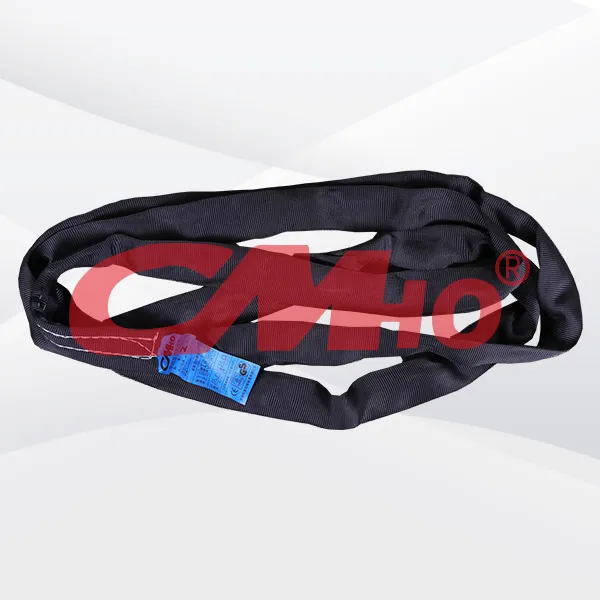
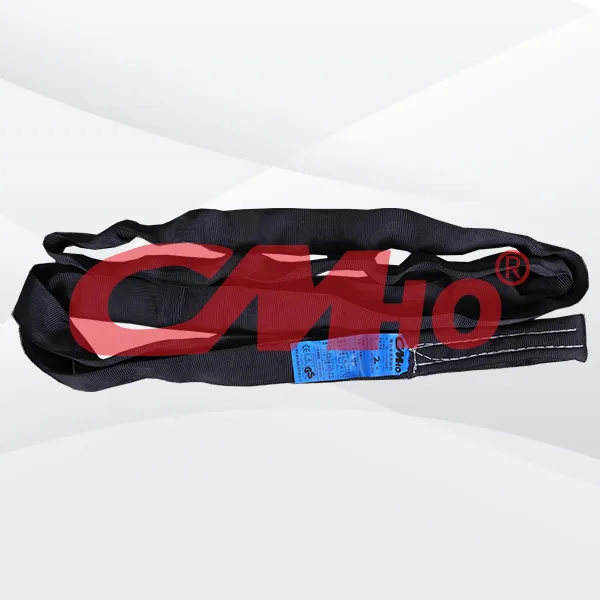
The lifting sling is a flexible rigging used for lifting operations. It is usually made of high-strength fiber materials such as polyester fibers and aramid fibers, and some are also composed of metal
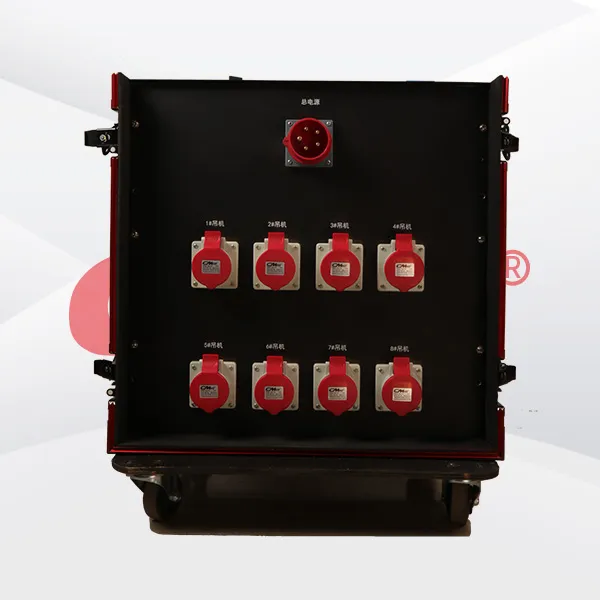
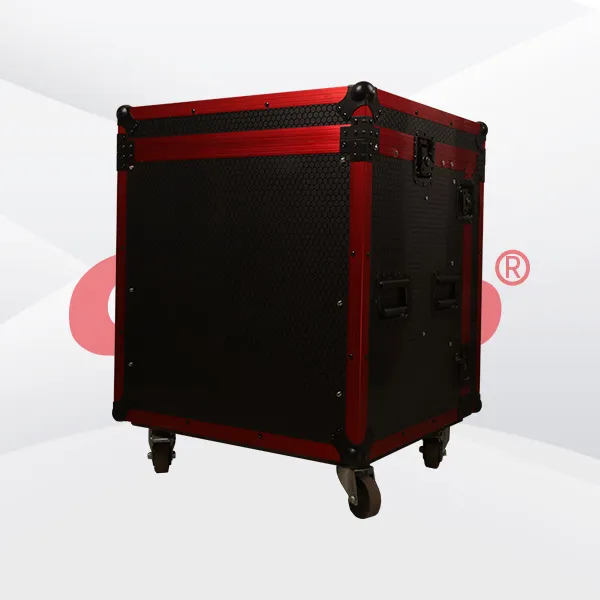
The stage hoist controller is a device used to control the hoist devices on the stage (usually electric hoists or hand chain hoists and other lifting equipment). It is mainly used to precisely adjust
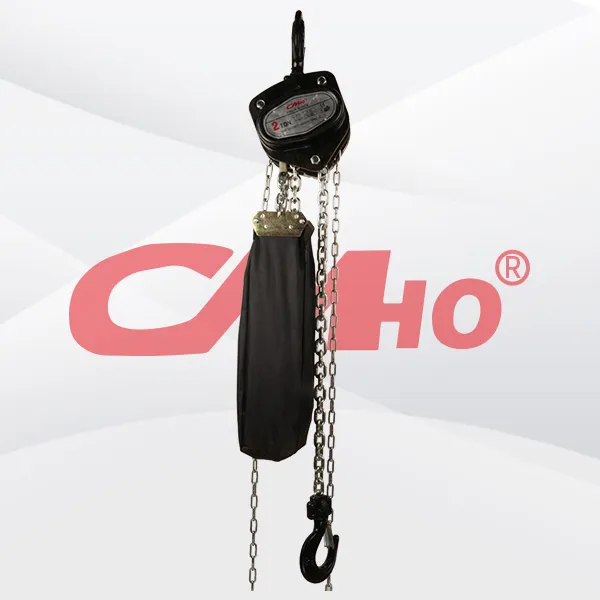
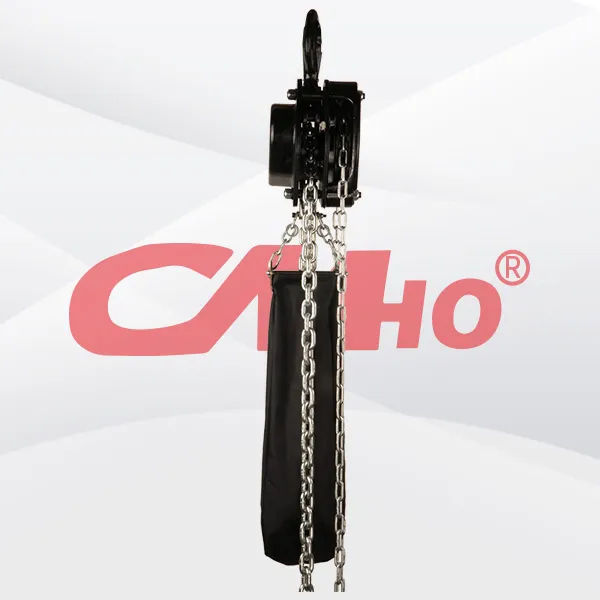
The lifting capacity of the light hand chain hoist for the stage is also related to factors such as the usage environment, operation mode, and the setting of the safety factor. In practical use, it is
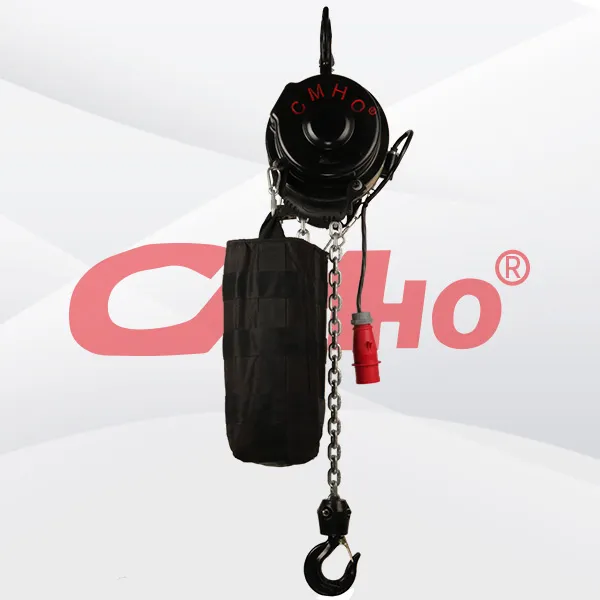
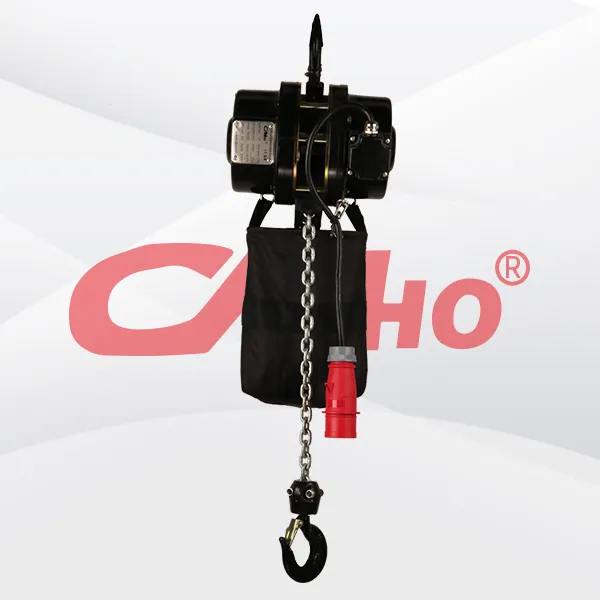
The electric hoist for truss is an electric hoisting device specially designed for hoisting and moving truss structures. It has precise positioning and control functions, enabling it to accurately hoi
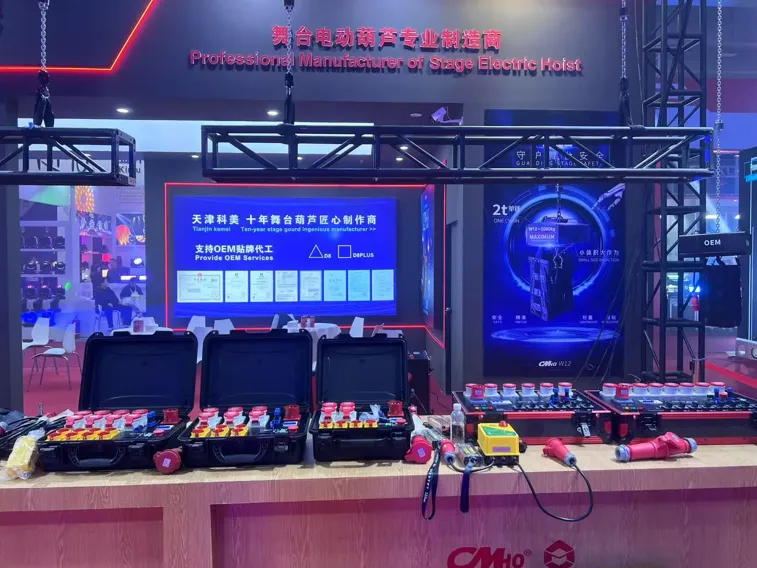
2025-02-28
创始人
0
The participation of Tianjin Kemei in the Guangzho...
Tianjin Kemei made a remarkable and eye-catching appearance at the Guangzhou (International) Performing Arts Equipment, Intelligent Acoustic, Optical and Electrical Products...
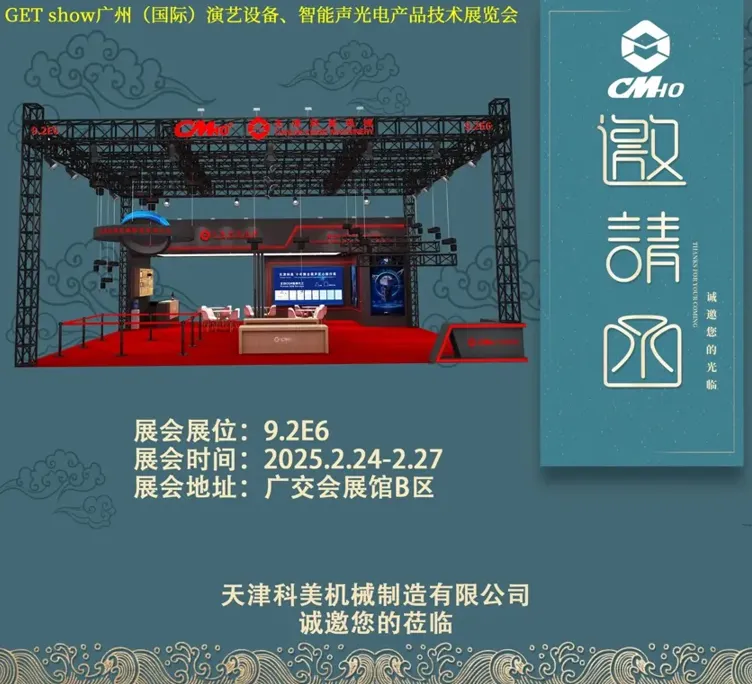
2025-02-27
创始人
0
Guangzhou (International) Performing Arts Equipmen...
In the era of the rapid development of stage lifting equipment and intelligent acousto - optic technology, every industry event serves as a crucial opportunity for innovatio...
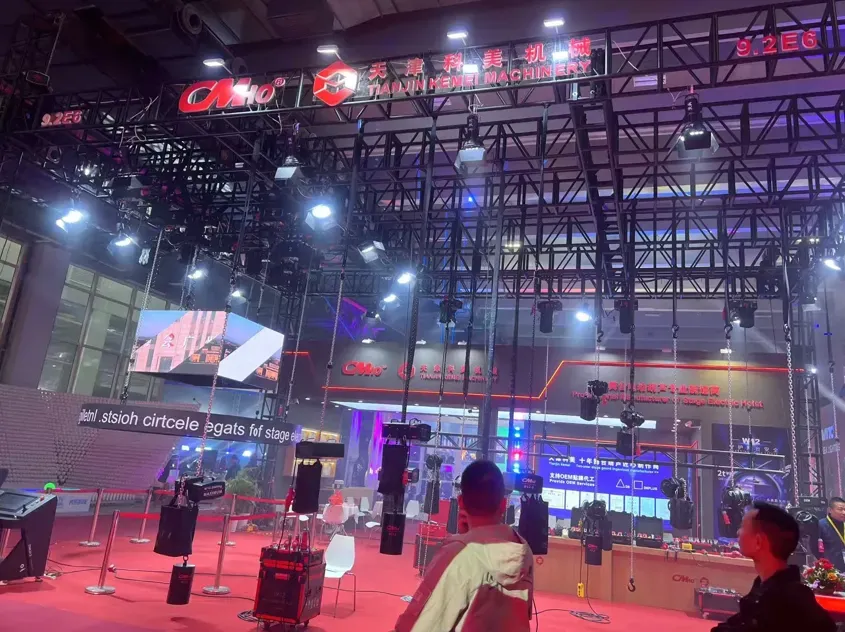
2025-02-27
创始人
0
GET show Guangzhou (International) Performing Arts...
Tianjin Kemei Machinery Manufacturing Co., Ltd. has been deeply engaged in the stage equipment manufacturing field for many years and has developed into a modern benchmark e...
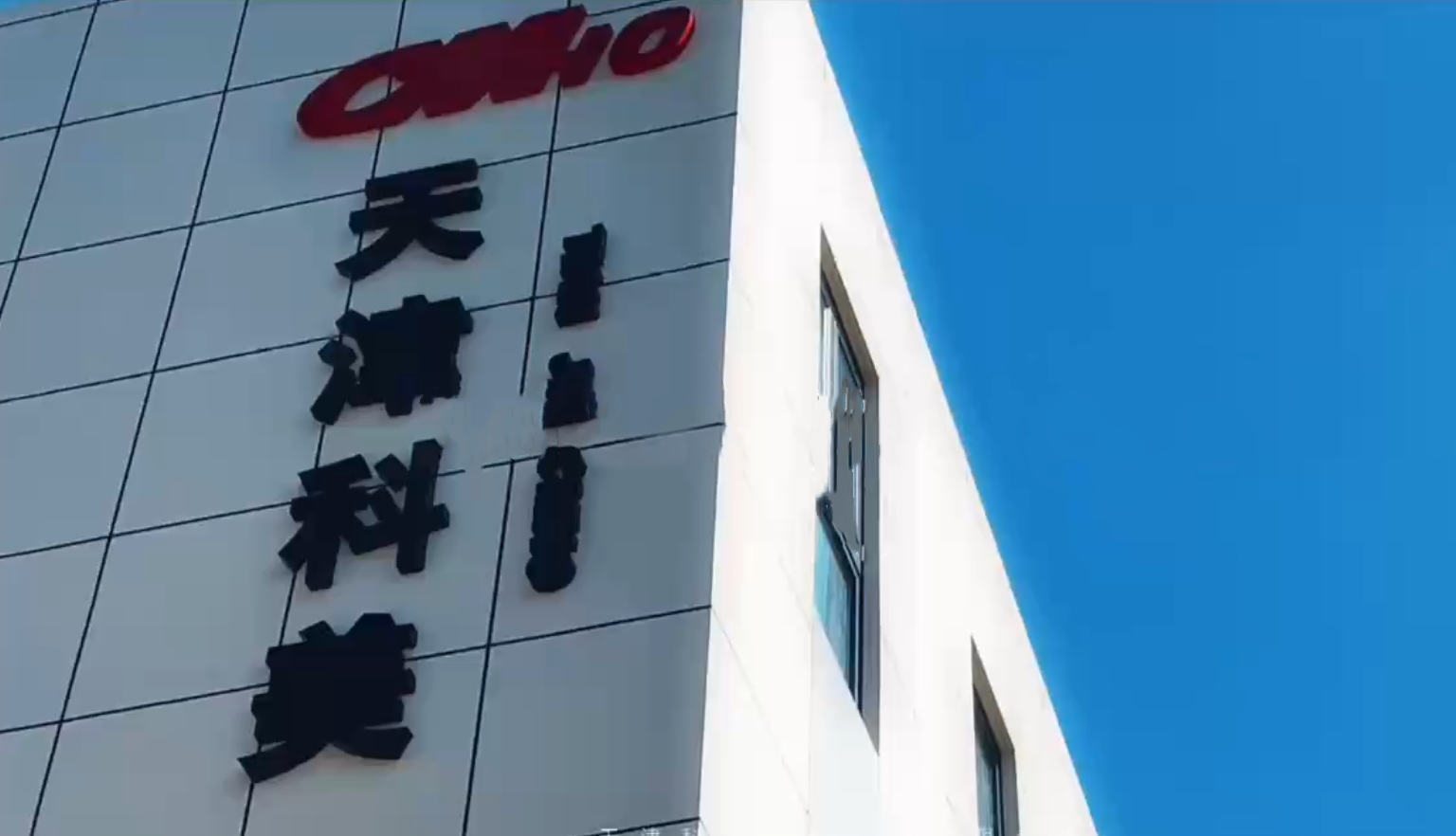
2024-09-24
admin
0
Tianjin Kemei Machinery Manufacturing Co., Ltd. Ne...
Tianjin Kemei Machinery Manufacturing Co., Ltd.: New Starting Point, New Journey - New Factory Relocation Record

